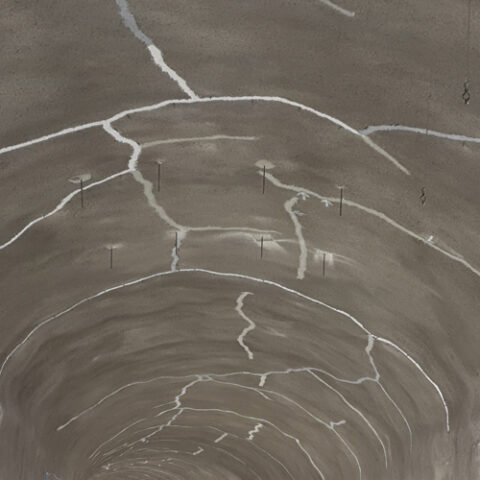Types of concrete crack sealant repairs-
- Control joint sealant:
It helps control where cracks show up in concrete placed horizontally or vertically. They are sealed against water, frost, debris and deal with recurring movement utilising an adaptive sealant.
- Recurrent movement:
Sealing and repairing cracks in concrete using injection can be done using an epoxy resin or polyurethane where repetitive movement is expected. When the movement is considered normal, which may be caused by traffic vibration or temperature changes, and where the movement is not causing an alarming threat to the structure.
- Stop a water leak:
Sealing and repairing cracks in concrete is imperative to stop water leakage through the crack and damage walls immediately. Injecting either epoxy resin or polyurethane sealant seals these cracks in concrete.
- Structural repair:
Sealing and repairing of the structural cracks: For certain situations, generally, a structural designer or an expert masonry will provide suggestions and start with structural repairs utilising injectable epoxy sealant or, in some cases, by using injectable polyurethane sealant.
The use of injected epoxy sealant is likely most suitable when cracks have shown up because of non-recurring stresses. By adding epoxy sealants to cracks on concrete slabs that were formed due to construction blunders, the repaired area would be as strong as before when no cracks were present.
- Structural reinforcement:
Utilising a seal or wrap-and-seal frameworks that give extra solidarity to existing concrete structures like pillars and columns.
They may incorporate the utilisation of synthetic fibres, carbon fibre, and different wraps. Likewise, these items may be utilised on steel or concrete surfaces that climate change and corrosion have harmed.
- Surface repair:
For surfaces that are constantly being used, for example, industrial floors or parking decks that have developed smaller cracks, using a “healer-sealer” break sealants can get the job done.









